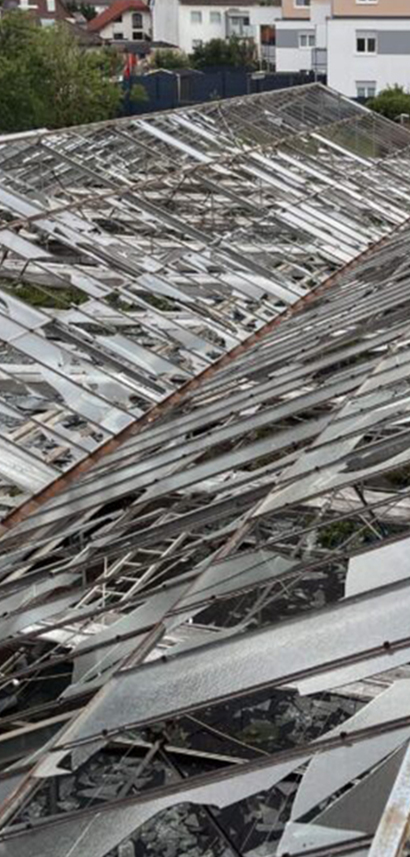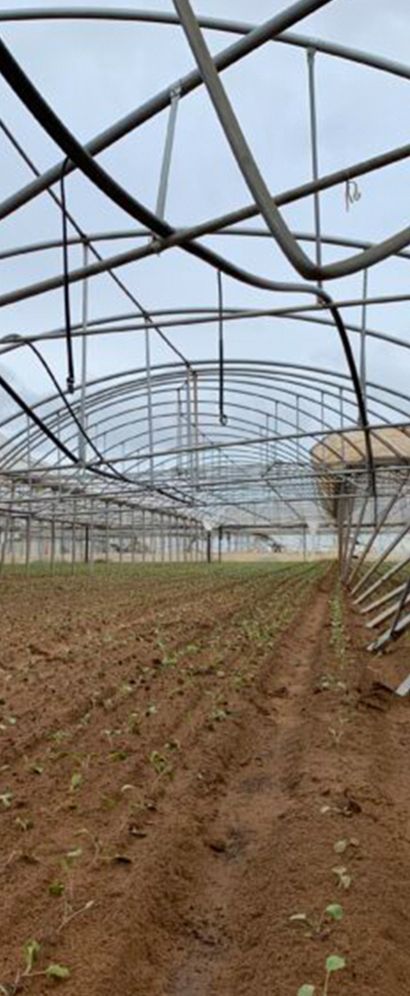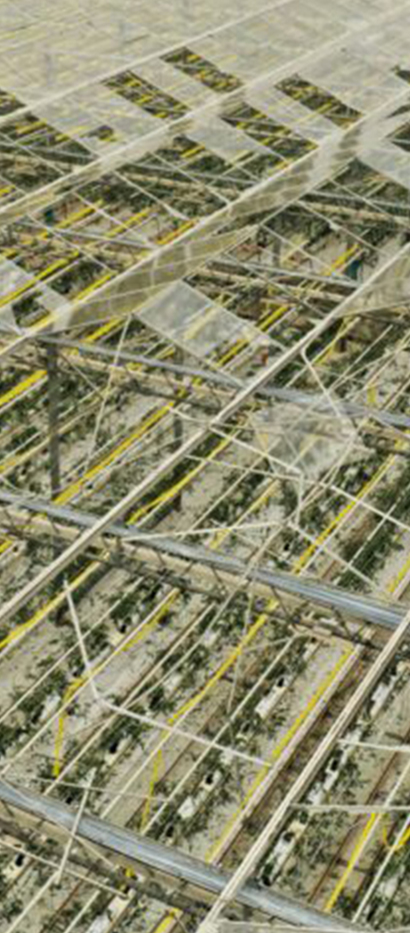How to deal with a damage event
Damage events pose a significant risk to companies as they can severely impact both operations and financial stability. From damage to infrastructure to technical outages, without the right protective measures and a quick response, the damage can be extensive. To minimize financial losses and business interruptions, preventive measures and comprehensive insurance cover are crucial.
Effective measures in the event of a damage event at a glance
In the event of damage, it is crucial to take targeted and immediate action to minimize the impact and ensure a speedy recovery.
The following steps provide a clear guide on what to do after damage, whether caused by storm, fire or other events.
Safety first
Here are some important tips to avoid injuries and other risks.
The health and safety of everyone involved is the top priority. Injured persons should be treated immediately and a doctor should be called whenever needed. First aid kits and emergency numbers should be easily accessible. Avoid entering damaged buildings to prevent injury. It is advisable never to go alone and, if it is absolutely necessary, to wear protective clothing such as a helmet, gloves and sturdy shoes.
Automatic systems, such as ventilation systems, should be switched off and the electricity in damaged buildings shut down to prevent electric shocks and fires. The business should be locked down to keep curious people away and prevent possible theft. Public liability insurance can help to minimize liability risks. During clean-up and repair work, it is important to always be careful and not to overestimate yourself.


Information for all concerned to ensure that damage is successfully remedied
You will need to inform:
Measures to limit the damage
To protect crops, plants worth saving should be moved to undamaged greenhouses or temporary foil structures. Damaged buildings should be covered with tarpaulins or sheeting while crops should also be protected with foil or fleece. Undamaged thermal screens can be closed at night to protect against the cold. New glass should be shaded immediately if the screens are not yet functional.
To ensure that sales can continue, goods that are ready for sale should be marketed as quickly as possible. For direct marketing, signs with “We are open for business” can be put up to inform customers. Purchasing raw materials and finished goods helps to ensure a continuous supply.
Careful planning and thorough reflection are necessary before repair work is carried out in order to avoid any overhasty actions. Helpers must be organized and the procurement of materials as well as clean-up and repair work must be coordinated. Finally, it is important to comprehensively document all the damage, damage events and costs involved in the incident.


